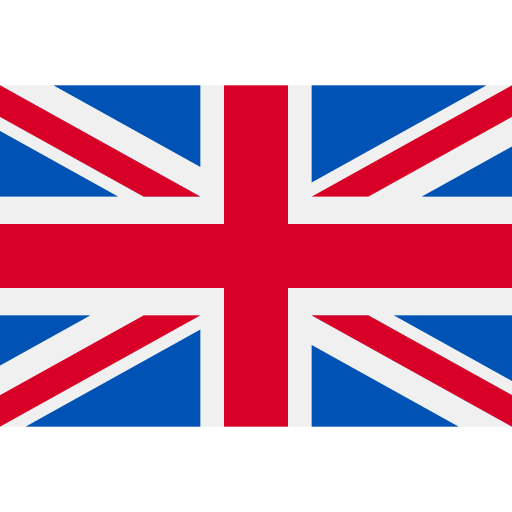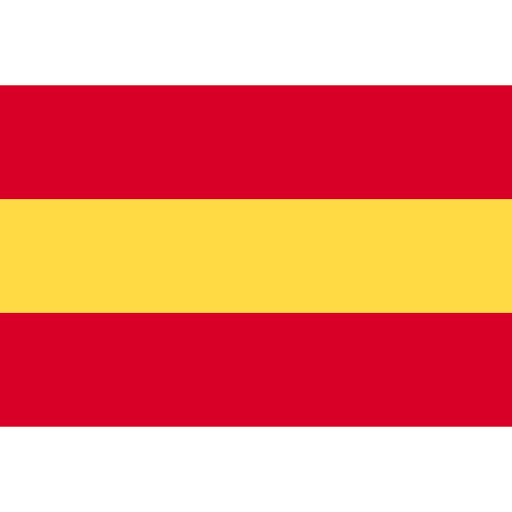Territory
The Municipality of Taggia is located along the Riviera dei Fiori, at the gates of the Argentina Valley. Located a few kilometres from Sanremo and the French Riviera, it boasts a mild climate, making it an attractive tourist destination all year round.
The municipal area includes: Taggia, the monumental historic centre; Arma, the renowned resort dedicated to seaside tourism; and the Levà area, home to important services (Municipality, Railway Station, Commercial Park).
Although the first human settlements in the area date back to pre-Roman times, it was only in the 7th century AD that “Tabia” was born, which led to the local expression Tagia (Tabia is another spelling variation present in documents).
The arrival of the Benedictine monks was decisive for the village, built between the plain of the Argentina stream and the first slopes of the valley, as they were involved in the opening of trade routes, farming and, according to legend, in refining olive tree cultivation techniques, radically transforming the area’s economy.
Arma extends along the entire seafront, from the prehistoric cave of the Annunziata and the artillery tower on the west, to the port and the dock on the opposite side.
Although tourism is the city’s main source of income, one only has to climb the surrounding hills to be able to admire the famous olive groves and mills, together with the cultivation of ornamental foliage and flowers, such as different varieties of eucalyptus or the typical lilies of the valley. From the famous “cultivar” of the Taggiasca olive, the equally famous Taggiasca oil is obtained, which has an intense yellow colour and is fruity and slightly spicy in flavour. There are also other local products, such as canestrelli (savoury taralli made with flour and oil), fennel biscuits, and Moscatello di Taggia, a DOC white wine from the west coast.
Taggiascan gastronomy is a core part of the celebrations for the Feast of San Benedetto (Saint Benedict), patron saint of the city.
According to tradition, Bishop Benedetto Revelli helped the city avoid being raided by the Saracens, lighting bonfires in the squares and between the various alleys to make it seem as if it had already been attacked. To this day, there is a celebration – the “Furgari”- which takes place on the second Saturday of February. It is a night during which canestrelli are distributed and, to commemorate the event, fires and pyrotechnic fountains (from which the name of the celebration takes its name) are lit. At the end of the same month, the traditional historical procession set in the seventeenth century takes place, as it has done for decades, with period costumes and settings, recalling Taggia’s ancient and illustrious past.
With the arrival of summer in the last weeks of July, another extraordinary re-enactment is held for the anniversary of Santa Maria Maddalena del Bosco: the night before, the ‘Maddalenanti’ (members of the historic brotherhood associated with Mary Magdalene) set out from the centre of the village and head into the woods of Taggia to the retreat dedicated to Mary Magdalene, where celebrations continue for the whole night. The following day, the rite of the “Death Ball” – a theatrical performance starring two young lovers – is performed.
During this same period, Arma is also swathed in colour for the Feast of its patron saint, Saint Erasmus. His statue is carried in a procession to the sea, where he will set sail, blessing all of the boats. The same evening, celebrations continue with fireworks and the suggestive placement of candles on the water.
But there is more to Taggia than just history: in May, tradition and innovation come together for the annual “Meditaggiasca” event, an expo of the entire Argentina Valley, bringing together chefs, artisans, farmers, and experts from Italy and abroad to promote the best local food and wines.
The city is one of birthplaces of one of the country’s oldest national games, ‘Pallone Elastico’. Other sports are no less important, such as tennis, with the famous fields of the Darsena, and horse riding. Over the years, Arma has been awarded with the Blue Flag, thus attracting lovers of sailing, swimming, and sport fishing every season.
The Cycle Path is also famous, extending from Ospedaletti to Imperia, and retracing the old train tracks for about 30 kilometres. For mountain lovers, there are numerous routes to be taken both on foot and by mountain bike between the Argentina and San Lorenzo valleys. Just a few kilometres inland, you find yourself at the foot of the Alps, where you can access the famous Alta via dei Monti Liguri, which attracts trekking enthusiasts from all over Italy and Europe.





